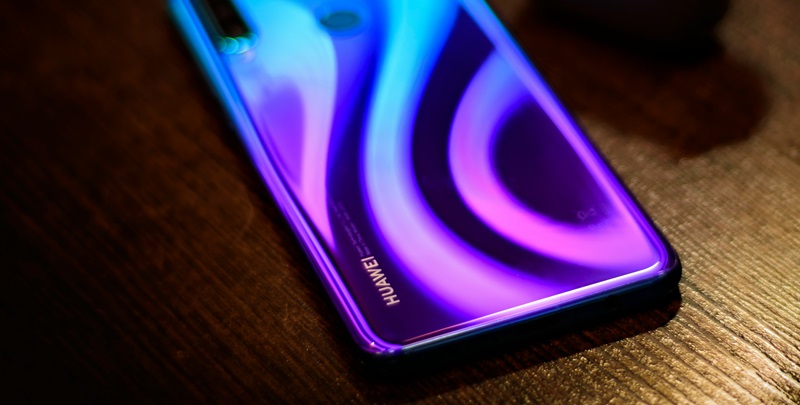Huawei’s Pura 70 Ultra has piqued significant interest as a flagship smartphone within its new Pura series, boasting an impressive array of features designed to captivate tech enthusiasts. Central to the appeal of this device is its 6.8-inch LTPO OLED display, which highlights superior pixel density and supports a high refresh rate of up to 120 Hz. During multiple tests, the Pura 70 Ultra’s display outperformed its marketed peak brightness, achieving over 2,500 nits, making it a formidable choice for those demanding exceptional visual performance. This combination of vivid colors, impressive resolution, and enhanced brightness sets a new standard for smartphone displays, especially compelling for those seeking a premium viewing experience.
Under the hood, the Pura 70 Ultra is powered by the Kirin 9010 chipset paired with 16 GB of RAM, a combination that promises robust CPU performance owing to its cutting-edge 12-core architecture. On paper, this setup should deliver a seamless experience for multitasking and running intensive applications. However, the reality is a bit more nuanced. While the chipset does contribute to smooth overall operations, its graphical unit reveals some shortcomings. Specifically, it lacks contemporary features such as ray tracing and Vulkan 1.3 support. Furthermore, its AI computational abilities are mediocre when compared to those seen in other flagship chipsets. This discrepancy may hamper performance in graphically demanding applications and games, somewhat detracting from the allure of an otherwise potent device.
Display and Camera Capabilities
The hallmark of the Huawei Pura 70 Ultra undoubtedly lies in its display and camera technology. The 6.8-inch LTPO OLED display not only provides unrivaled pixel density but also offers a high refresh rate, achieving up to 120 Hz. This is particularly beneficial for users keen on seamless scrolling and fluid animations. The display’s brightness capacity, surpassing the optimistic claim of 2,500 nits, amplifies its utility, especially in brightly lit environments. This marks a significant step forward for Huawei, placing the Pura 70 Ultra in direct competition with other high-end models that prioritize stunning visuals.
Complementing its standout display, the Pura 70 Ultra boasts a versatile and high-performing camera setup that consists of a triple-lens array on the back. The primary sensor, one of the largest at 1 inch, is equipped with a retractable lens mechanism and a variable aperture, enhancing its ability to capture high-quality images under varying lighting conditions. Additionally, the modern image stabilization feature ensures steady shots, even in shaky scenarios. Augmenting this primary camera is an ultra-wide-angle lens that widens the photographic scope, along with a telephoto macro lens that provides up to 3.5x optical zoom. This combination makes the Pura 70 Ultra an appealing option for photography enthusiasts who demand flexibility and performance from a smartphone camera.
Despite this impressive array, the camera system has minor flaws but is generally regarded as a highlight of the phone. It enables users to take professional-grade photos without the bulk of a traditional camera setup. Particularly, the retractable lens allows for more intricate and detailed image capture, which was previously the domain of high-end professional cameras. Minor drawbacks include occasional delays in focusing and slower image processing in low-light conditions, yet these issues are overshadowed by the overall excellence of the camera system. The Pura 70 Ultra, therefore, proves to be a formidable choice for anyone prioritizing camera capability in a smartphone.
Additional Features and Limitations
Huawei’s Pura 70 Ultra has garnered significant attention as a flagship smartphone within its new Pura series, thanks to a feature set aimed at tech enthusiasts. One of its standout elements is the 6.8-inch LTPO OLED display, which offers excellent pixel density and a high refresh rate of up to 120 Hz. Real-world tests have shown the Pura 70 Ultra’s display to surpass its advertised peak brightness, achieving over 2,500 nits. This makes it an attractive option for users seeking top-tier visual performance, with vivid colors, sharp resolution, and enhanced brightness setting a high bar for smartphone displays, promising a premium viewing experience.
Underneath its sleek exterior, the Pura 70 Ultra is equipped with a Kirin 9010 chipset and 16 GB of RAM, aiming to provide strong CPU performance with its advanced 12-core architecture. On paper, this setup should handle multitasking and demanding apps seamlessly. However, the reality is a bit more complex. While the chipset ensures smooth operations, the graphical unit has notable limitations, lacking features like ray tracing and Vulkan 1.3 support. Additionally, its AI computational capabilities are average compared to other flagship chipsets. This affects performance in graphically intense applications and games, somewhat marring the appeal of an otherwise powerful device.

